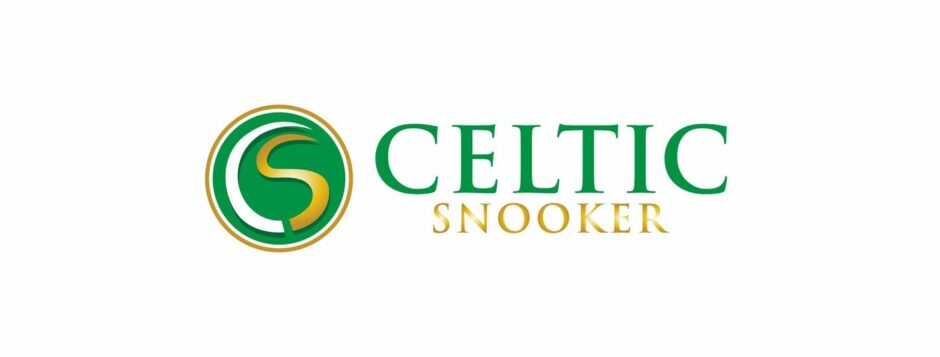When you are starting to play snooker, one of your most important decisions is to choose the right cue. To perform well at the table, you need a cue that fits your playing style and feels comfortable. As a beginner, here are some tips to help you choose a snooker cue.
1. Weight and Balance
Snooker cues should be selected based on their weight and balance. It is a matter of personal preference what weight a cue should be; cues typically weigh between 16 and 21 ounces. Your cue should feel comfortable in your hands and allow you to control your shots effectively. Furthermore, pay attention to the cue’s balance – some players prefer a more evenly balanced cue, while others prefer a cue with more weight in the butt.
2. Cue Length
A standard snooker cue measures between 57 and 58 inches in length. To find your preferred playing style, it’s recommended to start with a standard-length cue. You should experiment with different cue lengths to see what feels most comfortable for you in terms of your stance and bridge.
3. Tip Size and Material
The tip of the cue is crucial for cue ball control and spin. Snooker cues usually have a tip size ranging from 9mm to 10mm, with 9.5mm being the most common size. Beginners may find a slightly larger tip easier to control at first. As for material, most tips are made of leather, but there are also options like phenolic and layered tips. Leather tips are the most popular choice for snooker cues due to their grip and control on the cue ball.
4. Cue Design and Aesthetics
You shouldn’t forget to consider the aesthetics and design of a cue along with its technical aspects. Make sure your cue reflects your personality and is visually appealing. It is important to take your time to choose a cue that you truly enjoy using, since there are many different designs, colours, and materials to choose from.
5. Try Before You Buy
A good way to find out how a cue feels in your hands is to try it out before making a purchase. Before deciding, test out various cues at a local snooker club or shop. Be aware of how the cue feels during your stroke, its balance, and how comfortable it is to hold.
Happy Cue Hunting.
